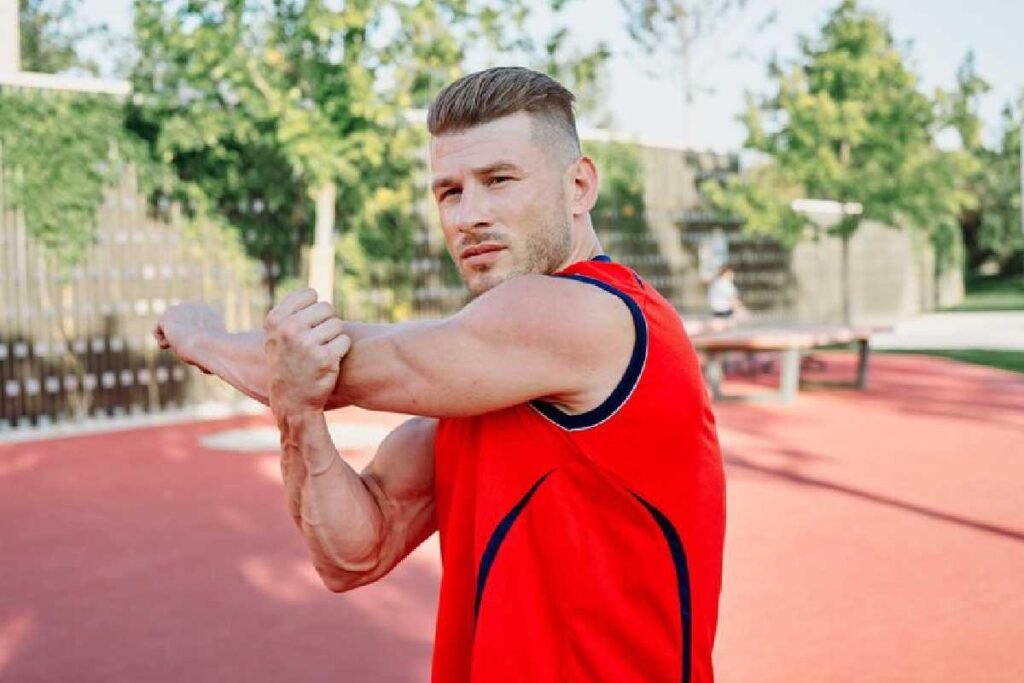Arthritis, particularly wrist arthritis, can pose a significant challenge for anyone, let alone professional athletes whose careers hinge on physical performance. One inspiring figure who has confronted this obstacle head-on is Billie Jean King, the legendary tennis player. Known for her trailblazing career and fight for gender equality in sports, Billie Jean King’s journey with wrist arthritis is a testament to resilience and adaptability. In this article, we delve deep into her experience, explore the implications of wrist arthritis for athletes, and provide a broader perspective on how others can navigate this condition.
What Is Wrist Arthritis?
Wrist arthritis occurs when the cartilage in the wrist joint wears down over time, leading to pain, stiffness, and reduced mobility. It can be caused by:
- Osteoarthritis: Wear and tear of the joint over time.
- Rheumatoid Arthritis: An autoimmune disorder that attacks the joints.
- Post-Traumatic Arthritis: Resulting from an injury.
For athletes, particularly those in sports requiring hand and wrist coordination, this condition can be career-threatening. Understanding its symptoms and treatment options is critical for managing its impact.
Billie Jean King: Battling Wrist Arthritis
A Trailblazer in Tennis
Billie Jean King is synonymous with excellence in tennis. She won 39 Grand Slam titles and became an icon for gender equality. However, her road wasn’t without challenges. In the latter part of her career, King was diagnosed with wrist arthritis, a condition that threatened her ability to compete at the highest level.
Impact on Her Game
The symptoms of wrist arthritis, including pain, stiffness, and limited motion, affected King’s backhand shots and overall performance. Despite these challenges, she adapted her training regimen and sought medical interventions to prolong her career.
How Wrist Arthritis Affects Athletes
Athletes rely heavily on joint function, and wrist arthritis can disrupt:
- Grip Strength: Essential for sports like tennis, golf, and baseball.
- Flexibility: Reduced range of motion hinders performance.
- Pain Management: Chronic pain can interfere with focus and endurance.
Psychological Impact
Beyond physical limitations, the mental toll of coping with arthritis can be daunting. Athletes often struggle with anxiety and fear about their career longevity.
Management Strategies for Wrist Arthritis in Athletes
Athletes like Billie Jean King demonstrate that resilience and the right strategies can help manage wrist arthritis effectively. Here are some key approaches:
1. Medical Interventions
- Non-Steroidal Anti-Inflammatory Drugs (NSAIDs): Reduce inflammation and pain.
- Corticosteroid Injections: Provide temporary relief.
- Surgery: For severe cases, procedures like wrist fusion or replacement may be necessary.
2. Physical Therapy
- Focus on exercises that enhance strength and flexibility.
- Use of wrist braces during high-impact activities.
3. Adapted Techniques
- Modify grips and strokes to reduce strain.
- Experiment with equipment such as cushioned grips and lightweight rackets.
4. Lifestyle Changes
- Incorporate anti-inflammatory diets rich in omega-3 fatty acids.
- Regularly apply heat or cold packs to manage discomfort.
Inspirational Lessons from Billie Jean King’s Journey
Billie Jean King’s ability to adapt exemplifies the qualities of resilience and innovation. Her journey teaches us:
- Adaptability Is Key: Adjusting techniques and seeking professional advice can make a significant difference.
- Mental Strength Matters: Maintaining a positive outlook and embracing challenges fosters growth.
- Advocate for Change: As an advocate for arthritis awareness, King used her platform to inspire others to confront health challenges courageously.
Comparison Chart: Managing Wrist Arthritis for Athletes
| Management Aspect | Billie Jean King’s Approach | General Recommendations |
|---|---|---|
| Medical Treatment | Anti-inflammatory medications and wrist braces | Consult a rheumatologist or orthopedic specialist |
| Training Adjustments | Modified racket grip and technique | Use ergonomic equipment and adjust routines |
| Physical Therapy | Strength-building and flexibility exercises | Work with certified physical therapists |
| Mental Well-being | Focused on mental resilience | Practice mindfulness and seek counseling |
| Lifestyle Changes | Advocated for arthritis awareness | Adopt an anti-inflammatory diet and lifestyle |
Beyond Billie Jean King: Other Athletes with Arthritis
Billie Jean King isn’t the only athlete to face arthritis. Others include:
- Tiger Woods (Golf): Known for battling back pain and arthritis.
- Kristy McPherson (Golf): A professional golfer diagnosed with juvenile rheumatoid arthritis.
- Joe Montana (NFL): Struggled with arthritis post-retirement.
These athletes show that while arthritis can be challenging, it doesn’t have to end careers.
Conclusion
The story of Billie Jean King, a famous athlete who had wrist arthritis, inspires us all. Her determination and ability to adapt offer a blueprint for anyone facing similar challenges. By combining medical treatment, physical therapy, mental resilience, and lifestyle adjustments, athletes can not only manage wrist arthritis but also continue to thrive.
If you or someone you know is dealing with wrist arthritis, remember: the condition may be daunting, but with the right strategies and mindset, it’s possible to overcome its limitations and lead an active, fulfilling life.


